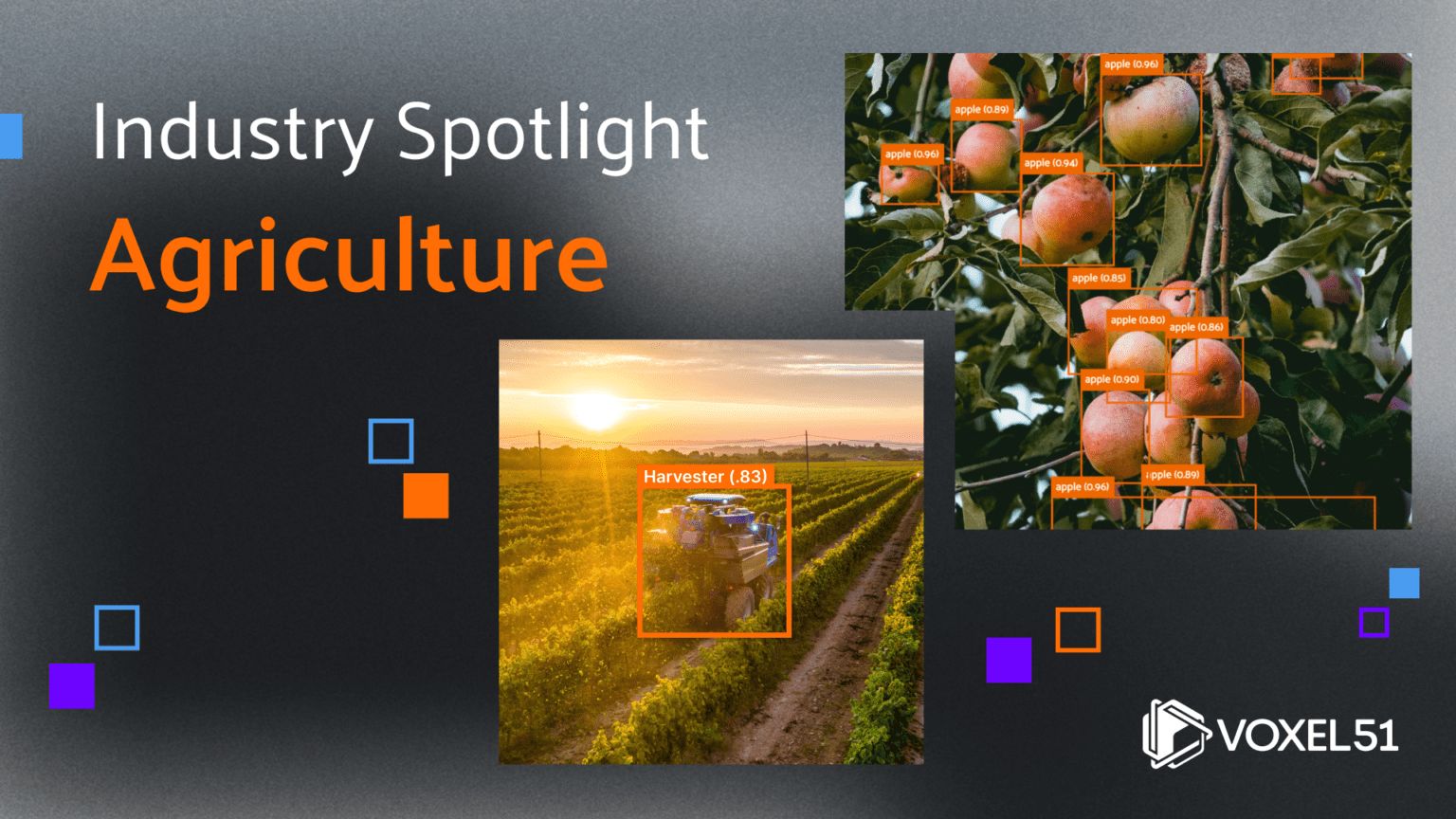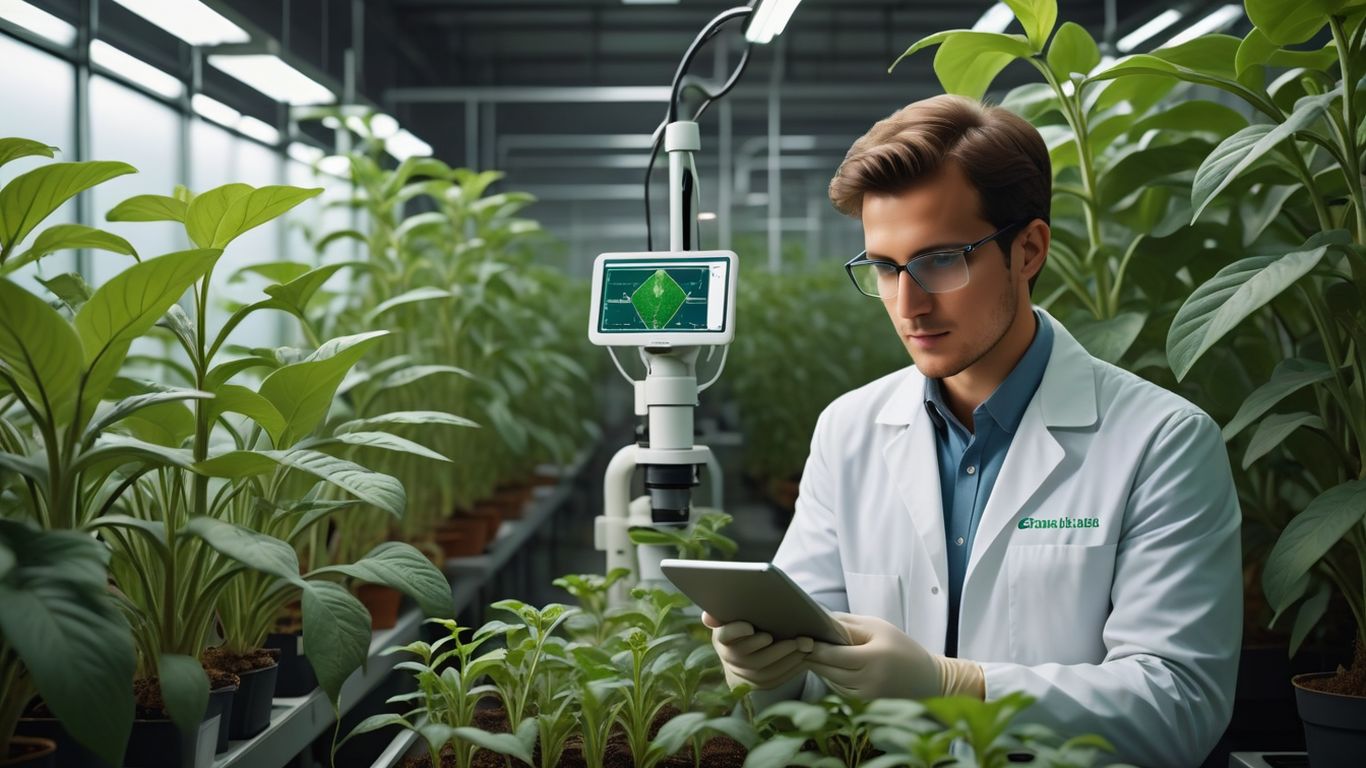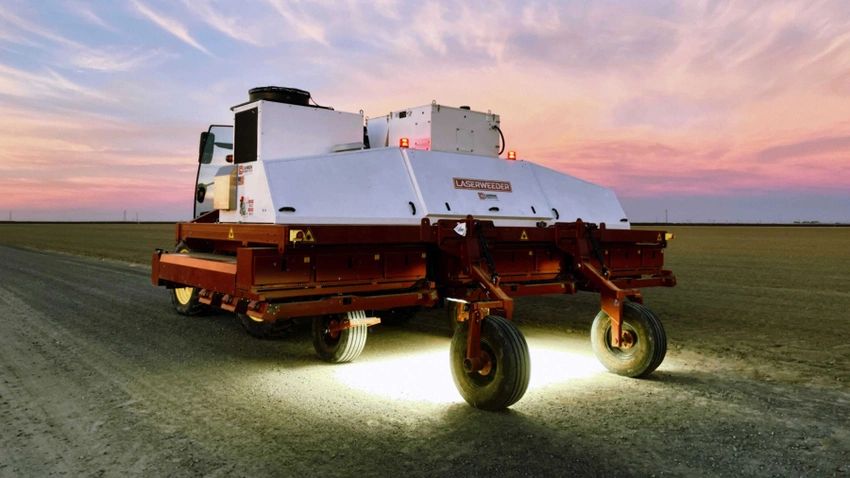Key Takeaways
-
Plant health monitoring technology uses computer vision and deep learning to detect diseases and assess crop health.
-
Smart agriculture leverages these technologies to increase efficiency and yields while reducing labor and resource usage.
-
Computer vision can identify plant diseases early, allowing for timely treatment and prevention of spread.
-
Deep learning algorithms analyze plant images to track growth and predict yields, aiding in harvest planning.
-
Adoption of these advanced technologies is key to meeting the increasing global food demand sustainably.
The Role of Technology in Agriculture
Think of technology in agriculture as a superhero team. Each member has a special power, and when they work together, they can achieve incredible things. In the world of farming, these powers include things like satellites that can see which fields need more water, drones that can scout for pests, and robots that can pick fruits. But our MVPs today are computer vision and deep learning. They’re like the dynamic duo fighting against plant diseases and unpredictable yields.
Introducing Computer Vision
Imagine having eyes that could zoom in on a leaf from a mile away or spot a tiny spot of mold on a fruit amidst a whole field. That’s what computer vision does. It gives us superhuman sight to monitor plant health on a massive scale. It uses cameras and sensors to capture images and data that we humans can’t see with our eyes alone. And the best part? It doesn’t get tired or need breaks. It’s always on the lookout, ensuring our plants are growing strong and healthy.

“Object detection applied to detecting harvesters in fields and apples in orchards …” from voxel51.com
Deep Learning: What It Is and How It Works
Deep learning is like a brain that’s really good at finding patterns. It takes all the images and data from computer vision and learns what healthy plants should look like. When it sees something that doesn’t match the pattern, like a discolored leaf or a misshapen fruit, it raises the alarm. This brain isn’t made of cells, it’s made of algorithms and computers, and it gets smarter over time. The more it sees, the better it gets at spotting problems.
Applications in Plant Health Monitoring
Now, let’s get our hands dirty and dig into how these technologies help keep plants healthy. They’re not just cool gadgets, they’re tools that make a real difference.
Disease Identification and Treatment
The early bird catches the worm, and the same goes for plant diseases. Catching them early can mean the difference between a bountiful harvest and a disastrous season. Computer vision scans plants for early signs of trouble, like unusual spots or wilting leaves. Once it spots a problem, farmers can swoop in with the right treatment, saving the crop from harm.
Growth Tracking and Yield Estimation
Knowing how much fruit a plant will produce helps farmers plan better. It’s like having a crystal ball, but instead of magic, we use deep learning. By analyzing past and current growth patterns, we can predict future yields. This means farmers can plan their harvests more efficiently and ensure that no fruit or vegetable goes to waste.
From Traditional to High-Tech: A Brief History
Once upon a time, farmers relied on their intuition and generations of experience to manage their crops. Today, we’re in the middle of an agricultural revolution, where technology is as important as sunlight and water.
Traditionally, agriculture was all about the basics: sun, water, and soil. Farmers planted seeds, hoped for favorable weather, and dealt with pests and diseases as they arose. But as the world’s population grew, so did the need for more efficient farming methods. Enter the age of smart agriculture, where precision and technology lead to less waste and higher yields.
Advancements in technology have paved the way for tools that can monitor plant health, analyze soil conditions, and even predict weather patterns. These tools provide farmers with a wealth of data to make informed decisions. It’s a big leap from relying on the almanac and a keen eye, to utilizing satellites and artificial intelligence to plan the next harvest.

With these tools, we’re not just growing plants, we’re cultivating data, and from that data, we’re reaping a future of farming that’s more sustainable and productive than ever before.
Keeping Plants Healthy
Healthy plants are the foundation of a successful farm. They lead to better yields, higher quality produce, and a more robust ecosystem. But keeping them healthy is easier said than done, especially on a large scale. That’s where technology steps in, providing a level of monitoring and care that was unimaginable just a few decades ago.
Why Plant Health is Central to Agriculture Success
Plant health is at the heart of agriculture for a simple reason: healthy plants yield more. They resist diseases, grow stronger, and produce more fruit or grain. This isn’t just about quantity, it’s about quality, too. Healthier plants mean healthier food for everyone.
Moreover, healthy plants contribute to the environment by maintaining soil quality and supporting the surrounding biodiversity. When plants thrive, they create a domino effect of positivity throughout the ecosystem.
The Signs of a Healthy Plant
Spotting a healthy plant is an art and a science. Look for vibrant green leaves, sturdy stems, and abundant, uniform growth. These are the tell-tale signs that a plant is getting everything it needs. But the real magic is in catching the subtle clues that a plant is struggling, often before it’s visible to the naked eye. That’s where computer vision and deep learning come into play.
Challenges in the Field
It’s not all smooth sailing, though. The field of agriculture faces its fair share of challenges, from unpredictable weather to the constant threat of pests and diseases. These challenges are where the true value of plant health monitoring technology shines.
Limitations of Manual Monitoring
Manual monitoring is time-consuming and often imprecise. Farmers have to walk through fields, inspect plants individually, and make judgment calls based on what they see. It’s a process that’s ripe for human error and one that doesn’t scale well as farm sizes increase.
Environmental Factors and Disease Risks
Plants are at the mercy of their environment. Too much or too little water, the wrong nutrient levels in the soil, and a host of potential diseases and pests can all turn a thriving crop into a field of despair. Identifying these issues early is key to preventing widespread damage.
Peering Into the Future
As we look to the future, it’s clear that the role of technology in agriculture will only grow. We’re not just talking about incremental improvements, we’re talking about a fundamental shift in how we approach farming.
-
Increased use of drones and autonomous vehicles for field monitoring and treatment application.
-
Greater integration of IoT devices to provide real-time data on soil and plant health.
-
Advanced predictive analytics to anticipate weather events and their impact on crops.

“TARGETED SPRAYING: The LaserWeeder …” from www.farmprogress.com
These advancements are not just about making farming easier, they’re about making it more responsive. We’re moving towards an era where we can adapt to changes in real-time, ensuring the health of our plants and the security of our food supply.
And let’s not forget about the human element. Technology is a tool, but it’s the farmers who wield it. By empowering them with better tools, we’re not just changing how we farm, we’re changing the lives of the people who feed us.
But the road ahead isn’t without its bumps. Integrating these technologies into existing agricultural practices requires investment, training, and a willingness to embrace change. It’s a challenge, but one that we must meet head-on if we’re to continue feeding the world in a sustainable way.
Trends Shaping the Future of Smart Farming
The future of farming is smart, and it’s being shaped by some key trends:
First, there’s a push towards sustainability. As resources become scarcer, we need to farm in ways that don’t deplete them. Smart agriculture technologies help us do just that, using less water, fewer chemicals, and reducing our overall environmental footprint.
Then there’s the data revolution. We’re collecting more data than ever before, and we’re getting better at using it to make informed decisions. This data-driven approach is making farming more precise, more predictable, and ultimately, more productive.
Finally, there’s the democratization of technology. What used to be accessible only to large, industrial farms is now becoming available to smaller, family-run operations. This leveling of the playing field is good for competition, good for innovation, and great for the future of farming.
“Embracing these technologies is not just about staying ahead of the curve, it’s about ensuring the future of our food supply in an ever-changing world.”
And as we scale up these technologies, we’ll face both challenges and opportunities. The challenges include the cost of adoption, the need for skilled labor, and the complexities of integrating new systems into existing workflows. But the opportunities are vast: higher efficiency, lower environmental impact, and the ability to produce more food on less land.
Scaling Up: Challenges and Opportunities
Scaling up smart agriculture isn’t just a matter of buying new gadgets, it’s about changing mindsets. It requires farmers to think like technologists and technologists to understand the nuances of agriculture. It’s a partnership, and like all partnerships, it takes work.
But the rewards are worth it. With the right technology, a small farm can be as productive as a large one, and a large farm can be as sustainable as a small one. It’s a win-win for farmers and the planet alike.
And let’s not forget about the consumers. They’re demanding more transparency, more sustainability, and more quality from their food. Smart agriculture helps farmers meet these demands, keeping them competitive in a market that’s always hungry for better.
Embracing Next-Gen Farming Technologies
As we move forward, embracing next-generation farming technologies isn’t just a choice—it’s a necessity. The global population is growing, and with it, the demand for food. To meet this challenge, we must innovate and adopt smart agriculture practices that will revolutionize how we grow and harvest crops. Computer vision and deep learning are at the forefront of this revolution, offering solutions that are not only efficient but also sustainable.
Frequently Asked Questions (FAQ)
How Can Computer Vision Improve Plant Health Monitoring?
Computer vision transforms plant health monitoring by providing detailed, continuous visual data that human eyes can’t match. Here’s how it works:
-
Constant Vigilance: Cameras and sensors work around the clock, capturing images of crops to monitor their health.
-
Disease Detection: Algorithms analyze these images to spot early signs of disease that might be invisible to farmers.
-
Precision Treatment: By identifying exactly where the problem is, farmers can apply treatments only where needed, saving time and resources.
This technology doesn’t just make farms more efficient—it helps prevent the spread of diseases, keeping plants healthier and yields higher.
What Are the Benefits of Using Deep Learning in Agriculture?
Deep learning is a game-changer for agriculture, offering benefits that ripple through every aspect of farming:
-
Pattern Recognition: It can quickly identify complex patterns in plant growth and health, learning and improving over time.
-
Yield Predictions: By analyzing data, deep learning provides accurate estimates of crop yields, aiding in supply chain and market planning.
-
Resource Management: It helps optimize the use of water, fertilizers, and pesticides, contributing to sustainable farming practices.
These benefits lead to healthier crops, more efficient farms, and a brighter future for agriculture.
Is Smart Agriculture Affordable for Small-Scale Farmers?
While it’s true that initial investments can be significant, smart agriculture is becoming more accessible. Innovations in technology are driving costs down, and many solutions are scalable, allowing small-scale farmers to adopt them incrementally. Additionally, the long-term savings in resources and increased yields often offset the upfront costs. It’s about investing in the future, and with the right support and education, small-scale farmers can—and are—making the leap into smart agriculture.
How Does Technology Contribute to Sustainable Farming?
Technology is the linchpin of sustainable farming. It helps farmers do more with less, which is crucial as we face limited resources and a growing population. Here’s what technology brings to the table:
-
Efficiency: Smart systems optimize resource use, reducing waste and environmental impact.
-
Conservation: Precision agriculture means fewer chemicals and less water are used, protecting ecosystems.
-
Data-Driven Decisions: Farmers can use data to make informed choices that balance productivity with sustainability.
With technology, we’re not just growing food, we’re nurturing the planet.
Can These Technologies Be Applied in Organic Farming Practices?
Absolutely! Organic farmers can use computer vision and deep learning to maintain the health and integrity of their crops without relying on synthetic chemicals. These technologies align perfectly with organic principles by emphasizing prevention and natural balance. By monitoring plant health closely and responding quickly to any issues, organic farmers can protect their crops while adhering to their commitment to natural farming practices.
